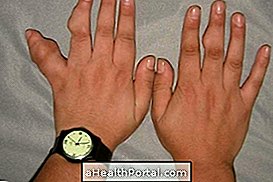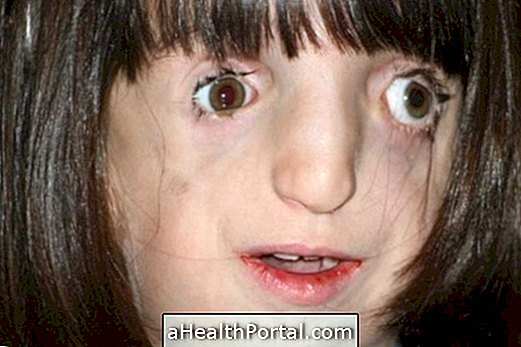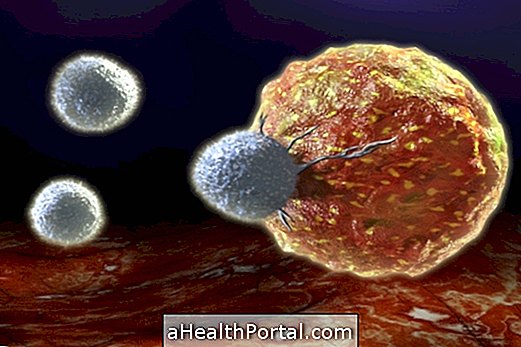Paramyloidosis, also called foot disease, is a rare disease of genetic origin characterized by the production of amyloid fibers by the liver, which are deposited in the tissues, destroying them slowly.
This disease is called sickness of the feet because they are in the feet that the symptoms appear for the first time and, little by little, they go up to the thighs and the upper limbs.
In paramyloidosis, a compromise of the peripheral nerves causes the areas innervated by these nerves to be affected, producing alterations of sensitivity to heat, cold, pain, tactile and vibratory. Slowly, the affected muscles lose their muscle mass, developing a great atrophy and loss of strength, which leads to difficulty in walking and using their hands.
Symptoms of paramyloidosis
Symptoms of paramyloidosis begin at age 30 and death occurs in the 40-41 age group with the weak, malnourished, wheelchair-bound individual with involvement of various organs such as the heart, kidneys and changes in the digestive system . The individual who suffered from constipation may suffer from diarrhea and vice versa.
The diagnosis of paramyloidosis can be made based on the examinations of electroneuromyography, sural nerve biopsy located in the leg, and clinical and family history of the disease.
Treatment for paramyloidosis
The most effective treatment for paramyloidosis is liver transplantation, which is able to slow the progression of the disease somewhat. The use of immunosuppressive drugs is indicated to prevent the body from rejecting the new organ, but unpleasant side effects may occur.




















